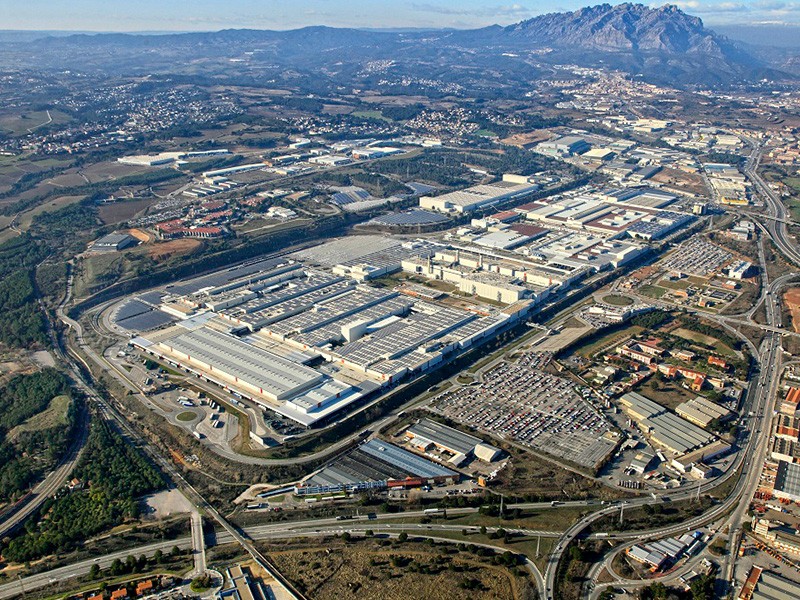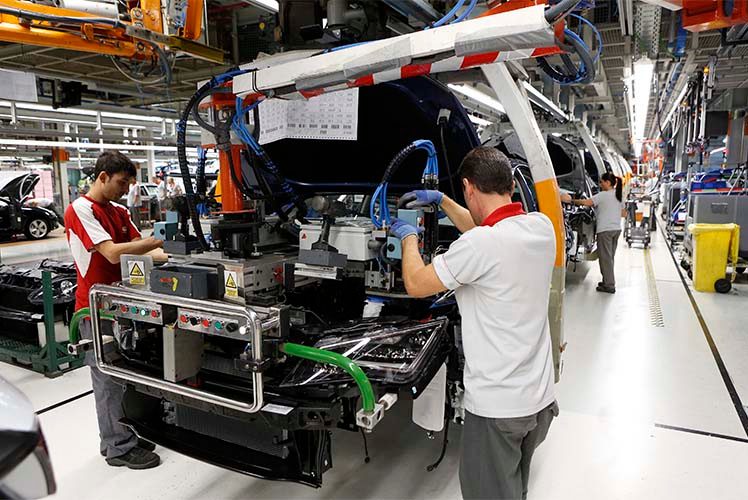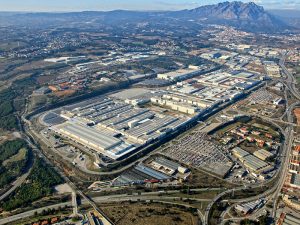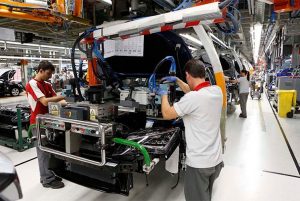News & Releasess
SEAT reduces its waste by 34% and expects to achieve a 60% reduction by 2025
- This year the company is implementing measures designed to produce less waste and treat all waste produced more efficiently
- Since 2010, SEAT has improved its production-related environmental footprint by 34% with measures to emit less CO2 and fewer volatile organic compounds, generate less waste and consume less water and energy
- The next goal is to achieve a 50% reduction in its environmental impact by 2025
- Last year the company invested 16 million euros on environmental initiatives
Martorell, 16/05/2019. On the occasion of International Recycling Day, which is being celebrated tomorrow, SEAT has announced that it is focussing its environmental improvement actions this year on reducing waste. Over the past 8 years, SEAT has managed to generate 34% less waste in its facilities, and in the next few months is going to implement measures designed to reduce production waste by up to 60% in the next six years.
Among other initiatives, SEAT is going to prevent waste generation and address optimising separation in order to obtain more recycling and reuse of production waste. The company also aims to further refine the waste generated at different stages of the production process, such as paint and sealant slurry.
In the last 8 years, the company has successfully reduced its environmental footprint by 34% on average. Since 2010, when SEAT launched its Ecomotive Factory environmental strategy, the company has lowered its power and water consumption by 21.6% and 30.9%, respectively. In addition, it has decreased its CO2 and volatile organic compound emissions by 63.3% and 21.4% and generated 34.2% less waste.
SEAT Vice-president for Production and Logistics Dr. Christian Vollmer pointed out that “we aim to continue to improve in order to become a model company in every aspect – for the quality and production efficiency of our factories, as well as for finding solutions to the paradigm shift that businesses and society are faced with, where recycling, emissions reduction and environmental care are becoming increasingly more important.” In 2018 SEAT invested 16 million euros in environmental initiatives in production related areas.
With a view to 2025
The next milestone in SEAT’s environmental strategy is to improve its indicators by 50% by 2025. The company is already working on additional systems, such as an installation that aims to recover the heat emitted by the Martorell factory chimneys, which in terms of energy will enable a savings equivalent to the annual consumption of 760 households, as well as a reduction in CO2 emissions that is equal to the absorbing capacity of 250,000 trees.
Furthermore, SEAT is going to extend the use of water-based paint in the entire paint process, including priming. This initiative will prevent the emission of volatile organic compounds equivalent to using solvent-based paint to paint 38,000 cars.
Unique initiatives
One of SEAT’s landmark environmental initiatives is the SEAT al Sol solar power park on the roofs of the Martorell factory, the largest facility of its kind in Europe and one of the largest in the world auto industry. Featuring 53,000 photovoltaic panels covering an area equivalent to 40 football fields, SEAT generates 17 million kWh annually, , enough energy to charge the SEAT el-Born 293,100 times, enabling SEAT’s first-ever electric car to cover an average yearly distance of 105 million kilometres.
With the goal of reducing volatile organic compound (VOC) emissions, a new, high efficiency paint application system was installed in SEAT Martorell in 2018. This innovative measure has reduced the rate of VOC emissions generated by this process by 40%, the equivalent of 10 tonnes per year. Also in the paint division, a new spray booth was implemented in 2018 to paint the two-tone chassis of the SEAT Arona and the Audi A1. Likewise, the maximum painting capacity was increased from 2,300 to 2,400 cars per day by completely automating one of the lines. The company invested 23 million euros on these implementations.
Commitment to sustainability
SEAT’s ambitious environmental strategy with a view to 2025 is aligned with the commitment made by the company and the Volkswagen Group to comply with the environmental targets set out in the Paris Agreements. In line with this goal, SEAT is going to implement measures to obtain a CO2 neutral balance in the entire value chain of vehicles and in every company division by 2050.




